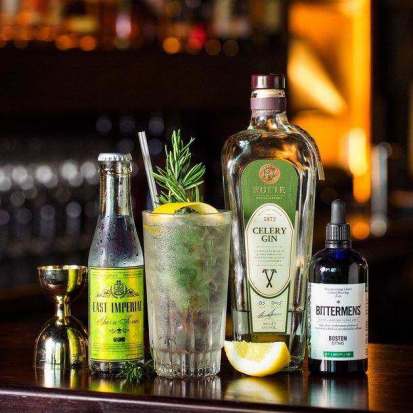 Elin McCoy is a self-confessed wine-discovery junkie. She argues “the number of global hot spots for wine is ever expanding.” McCoy warns “if you’re still rattling off the names of the old, long-famous regions, you’re way behind the times.” She provided Bloomberg Business with eight spots where good wine is on its way to becoming great wine. Here are the first four on her list:
Elin McCoy is a self-confessed wine-discovery junkie. She argues “the number of global hot spots for wine is ever expanding.” McCoy warns “if you’re still rattling off the names of the old, long-famous regions, you’re way behind the times.” She provided Bloomberg Business with eight spots where good wine is on its way to becoming great wine. Here are the first four on her list:
Tokaj, Hungary
As Eastern Europe’s class act for wine, the historic Tokaj region is getting a 330 million euro (NZ$498 million) investment over the next five years to upgrade its vineyards and bolster its reputation. (Under communism quantity was prized over quality.) Its 5,500 hectares of vineyards, at 800-foot elevation on volcanic slopes, are devoted primarily to three native white grapes. They include hard-to-pronounce Hárslevelü and flagship furmint, which is the key varietal in the luscious sweet wines associated with the region. The latest craze, though, is a newly available dry version of furmint, Hungary’s alternative to chardonnay and riesling.
Virginia, USA
Thomas Jefferson grew grapes in the state, but failed to make great wines. Still, the modern era (starting in the 1970s) has drawn more than 240 determined vintners, including Donald Trump and AOL co-founder Steve Case. In 2014, they sold a total of half a million cases and seem now to be at the tipping point. Of the eight whites (chardonnay, sauvignon blanc, riesling, and several more), the most promising is viognier, but the best wines so far are the Bordeaux-style red blends made from cabernet sauvignon, cabernet franc, merlot and petit verdot. A couple of top examples wowed even Eric Boissenot, consultant to Bordeaux’s first growths.
Yarra Valley, Australia
When you think of an Aussie wine, you may envision a blockbuster shiraz, but the most interesting bottles I tasted on a recent visit to Australia were pinot noirs from this cool green valley an hour’s drive northeast of Melbourne. Though the area’s 100-plus wineries make only four percent of Australia’s wine, this spot is a hotbed of young ambitious winemakers. They’re mainly chasing great pinot noir and chardonnay, the region’s most planted grapes, but on the radar are a lighter style shiraz they label syrah, sauvignon blanc, and even nebbiolo.
Republic of Georgia
This is the land of qvervi, the pot-bellied clay amphora lined with beeswax and buried in the earth that vintners have traditionally used for fermenting juice from nearly 500 indigenous varieties of grapes. The method and the country’s 8,000-year-old winemaking history have given its reds and whites counter-cultural appeal. The current wine revival was helped along by a seven-year Russian embargo that forced producers to improve and export. Among the 15 most important varietals, one red (saperavi) and two whites (rkatsiteli, mstvane) have the most global potential.
Source: Bloomberg – http://www.bloomberg.com/news/articles/2015-02-23/the-world-s-next-big-wine-regions


